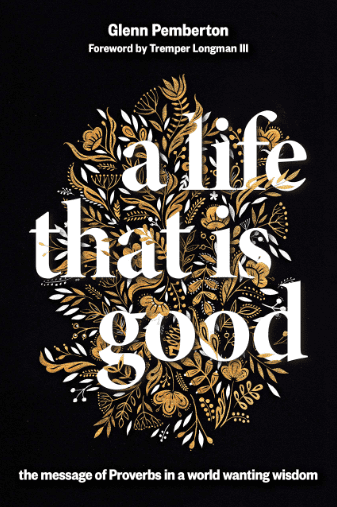 The world is on its way to becoming 70% urban so even if you don’t get called to minister in the city, the city is coming to you! At the heart of Tim Keller’s ministry at Redeemer Presbyterian in Manhattan is a vision of the city, so at the heart of that ministry is an understanding of “contextualization.” You can find his most recent summary of his thoughts in Center Church: Doing Balanced, Gospel-Centered Ministry in Your City. His discussions are in Parts 3-5 in the book.
The world is on its way to becoming 70% urban so even if you don’t get called to minister in the city, the city is coming to you! At the heart of Tim Keller’s ministry at Redeemer Presbyterian in Manhattan is a vision of the city, so at the heart of that ministry is an understanding of “contextualization.” You can find his most recent summary of his thoughts in Center Church: Doing Balanced, Gospel-Centered Ministry in Your City. His discussions are in Parts 3-5 in the book.
This discussion is rooted 100% in one’s view of the relationship of kingdom and church, as well as the relation of church to state and culture. His approach is the Reformed model, which is a hopeful but realistic conviction that the gospel can influence and even transform society and culture. The origins of this view in America is probably John Winthrop and the Massachusetts Bay Colony, and the most successful model — perhaps — was worked out by Abraham Kuyper in the Netherlands.
What do you think of Keller’s definition of contextualization and his understanding of contextualizing? What about that list of motives for responding to the gospel: Thoughts? Observations? Additions?
When it comes to contextualization, my ear first gravitates to pastors and parents. Since Keller has “succeeded” in speaking into the City culture, I’m keen on our all listening to his ideas.
Keller goes where few are willing to go: he defines contextualization. Here it is: Contextualization “is giving people the Bible’s answers … to questions about life … in language and forms they can comprehend, and through appeals and arguments with force they can feel” (89). I reduced a few expressions: people may not want the Bible’s answers but the Bible does speak to questions people are asking.
Contextualizing then believes the baseline narratives of our culture find resolution in the Jesus. He understands culture broadly and the gospel comes to expression in a culture in a way that it makes sense of culture and is faithful to the gospel. He sees two seemingly completely separable factors at work: gospel and culture. Many would say the two, while distinguishable, are not completely separable. His concern is not permitting gospel to be swallowed by culture, and he points to universalism, liberation theology and Protestant liberalism. Syncretism most often occurs in the church when not all of the Bible is being taught.
This of course raises the issue again of how cultural the Bible is. He relies on Carson here: “While no truth which humans beings may articulate can ever be articulated in a culture-transcending way … that does not mean that the truth thus articulated does not transcend culture” (93). All expressions of the gospel are cultural expressions but the truth of that gospel can transcend the culture.
Keller explores John Stott’s famous bridge model for contextualization: one side is the Bible, the other side is culture, and the preacher/preaching/communication is the bridge from the Bible to culture. Keller sees help in this but thinks it makes the two sides too equal. The Bible is authoritative. He prefers the spiral over the bridge. I’m not sure there is anything in the spiral image that gives the Bible more authority than the bridge model.
Finally, perhaps this is clear from seeing how Romans 1 shows us that culture is a mixed bag of good and bad, that our motive (1 Cor 9:19-23) is gospeling but it can be full of adaptations, but that we are to preach the gospel (1 Cor 1). He sees Paul speaking to various audiences in Acts to be a good example of all three of these elements. Three elements in each: epistemology about God, personal challenge as a result of sin, and proclamation of Christ. Truth about God, self/sin and Christ.
Folks respond to the gospel, then, for a variety of motives:
1. Fear of judgment and death.
2. Desire to be released from guilt and judgment.
3. The attractiveness of truth.
4. Satisfy existential longings.
5. For help with a problem.
6. Desire to be loved.










